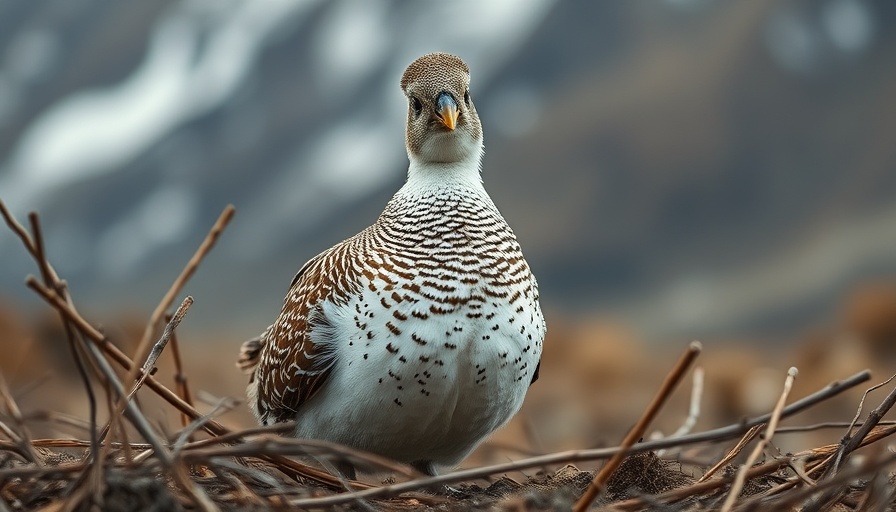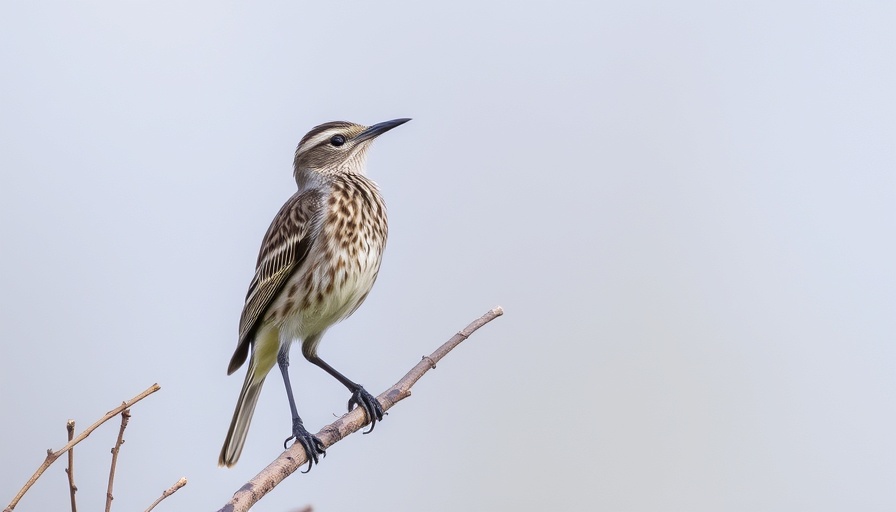
A Comedic Territorial Prowess
When it comes to the Willow Ptarmigan, nature has orchestrated an avian entertainer that captivates not only the attention of its peers but also the hearts of those lucky enough to hear it. The male Willow Ptarmigan makes a range of silly sounds that can evoke laughter, reminiscent of the antics one might find in a comedy skit. These comical calls do more than entertain; they're crucial for communication within their habitat.
The Call of the Wilderness
This stocky bird roams the shrubby willow tundra of Alaska and Canada, where it nests and asserts dominance over territory. Its unique calling serves dual purposes: it attracts potential mates and warns rival males of its presence. While female ptarmigans blend seamlessly into their environment with their camouflage, the males stand out with their bright rusty brown feathers and striking white wings, a visual and auditory delight as they traverse the terrain.
An Encounter with Nature's Humor
As noted by ornithologists, the Willow Ptarmigan's sounds can be likened to a comedic performance on stage. The way they strut and posture while vocalizing creates a spectacle that is both amusing and interesting. Walking through the tundra and encountering this bird can shift a mundane day into something extraordinary, providing a light-hearted break in the solemnity of nature's rhythms.
Understanding Their World
By observing these birds, not only do we appreciate their quirky sounds, but we also gain insight into their complex social structures. The calls signify not just a playful nature but also a critical communication tool vital for survival in their icy habitats. This duality makes the Willow Ptarmigan a compelling subject for bird enthusiasts and casual observers alike.
With the upcoming BirdNote event featuring renowned figures in bird illustration and ecology, now is a perfect time to deepen your appreciation for these fascinating creatures. Their vibrant interactions provide more than just entertainment; they invite us to learn about the interconnectedness of ecosystems.
 Add Row
Add Row  Add
Add 




Write A Comment